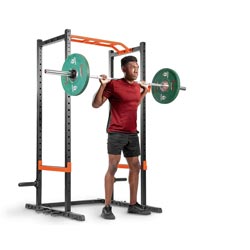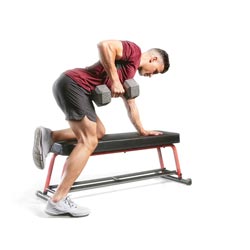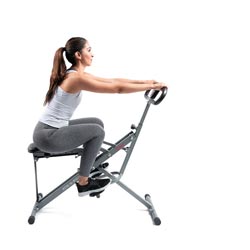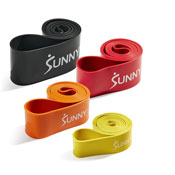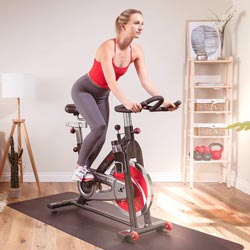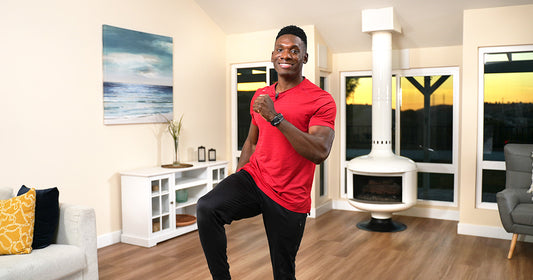Chances are you have overcome a variety of different obstacles to get yourself back on track with your workout program. While starting and maintaining an exercise program is a major key to success, focusing on correct exercise form will ensure you are making the most of each workout and reduce your risk for injury so you can continue to exercise long term.
Often, exercise form is not the first thing on our mind when we are deciding what kind of workout program we should chose. Usually we stick to something that we know our bodies can perform and enjoy. Although, interest and enjoyability are two important factors that helps us remain consistent with our exercise programs, our ability to perform our workouts well are one of the most important factors for long term results.
Deadlift
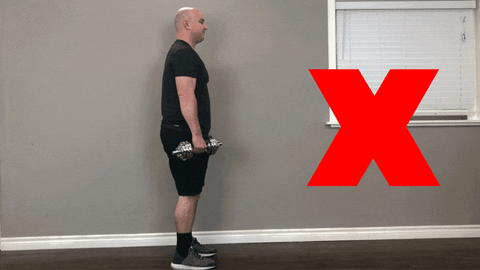
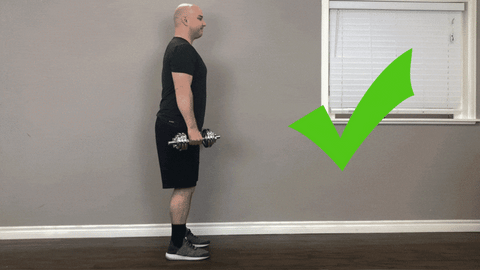
Shoulder Raise


Squat
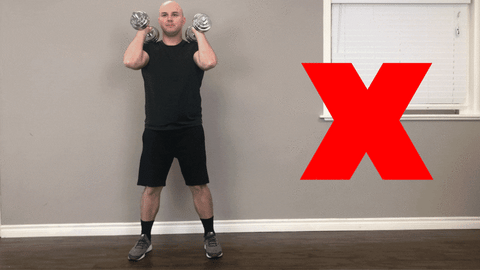
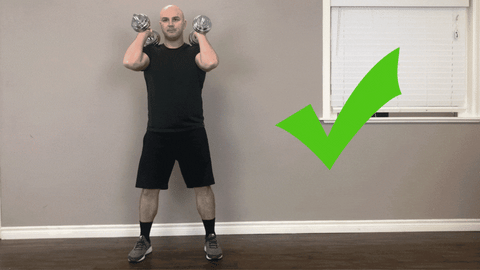
If you’re not careful, performing exercises incorrectly will increase your risk of exercise related injury. Sprains to the soft tissue surrounding your joints or to your muscle tissue can halt progress and lead to a reduction in strength and muscle growth gains if the injury is significant. Using improper exercise form and intensity can also lead to an inflammatory response in your joints and muscles which can cause movements and exercises to be painful. In a worst-case scenario, you could tear or break a ligament or bone which will cause you to be off your workout program for weeks. The case for good exercise form starts and ends with the fact that poor exercise form will eventually cause a disfunction or injury that will limit your progress or cause you to lose the progress you made.
To ensure that your body can handle most exercises with good form, you should be aware of the strength, flexibility, and health or three major areas of the body that can be at the highest risk if proper exercise form is not followed. The first area is the spine. Your spine runs the length of your back from your head down to your hips. This makes it vulnerable when exercise form is not performed well in the regions of the neck, shoulders, back, and hips. To help limit joint stress on the spine across all these areas, a neutral spine position is the best choice for safe and effective exercise. To help improve your spine health, check out our article on why posture is important.
The second area you want to address when it comes to proper strength and function is at the shoulder joints. So much of what we do when exercising involves the arms. This means that when the arms are used, the muscles of the shoulder and the surrounding tendons and ligaments are being stressed. If the muscles in the shoulder are not strong enough or flexible enough to handle the movement or weight placed upon them, then there could be an increased risk of injury.
Finally, the knees should also be assessed to see if they can handle the increased demands you will be placing on them during your workout program. Much like the shoulder joints, if the muscles, ligaments, and tendons around the knee joint are not strong or flexible, the risk for injury will increase with the addition of exercises that stress them. To help you avoid injury and establish a safe and effective workout program, we have listed five simple strategies you can follow to create a workout program that will limit your risk for injury and help you focus on exercise form.
Choose Based on Experience
No matter how great the workout program, if the users cannot perform the workout as prescribed, the workout could do more damage than good. For example, kettlebell swings are a great movement for helping people burn calories while helping develop the muscle around the hips, back, arms, and shoulders. Although, if you have no experience performing kettlebell swings, there is a high chance you will not recruit the right muscles if you try to perform the movement unsupervised. This could lead to bad exercise form and eventually an injury.
Running is another example of an exercise that seems easy to start, but if your lower body musculature is weak and you haven’t run in years, the impact and joint stress could lead to ankle inflammation, knee joint pain, or lower back pain. These are excellent examples of how pushing through the pain with improper exercise form is not advantageous to your long-term health and fitness goals. Instead, choose an exercise that you are familiar with, or start with low risk activities like walking, riding an exercise bike, or elliptical.
Quality Over Quantity
The quality of your workout is going to help you make consistent progress long term. If your focus is doing as much as you can in a short amount of time to meet your goals as quick as possible, then you are setting yourself up for several different negative outcomes. Doing too much too soon can lead to injury. This can happen in two ways. First, is that your body may not be ready to handle the new volume of exercise. Even though you are familiar with the exercises, your body may not have the strength and endurance to handle it. This can lead to excessive soreness, exhaustion, and injury. Second, even though you may not be injured in the short term, performing workouts with poor exercise form, will develop poor muscle control which can lead to imbalances that over time may lead to overuse injuries or postural problems that could be painful.
Progress Slowly
Proper exercise form takes time. You may be able to learn a new exercise with good exercise form, but each time you add a new workout variable to that exercise (increased weight, speed, number of reps, angle change, etc.) your form will be challenged. The good news is that the more you practice good exercise form, the less you will have to think about it as your training improves.
Know Your Limits
As you progress slowly with your technique, you may need to recognize when your body hits a barrier that it cannot push through. For example, if you have an old knee, hip, or back injury that is preventing you from performing a deep squat, then performing a squat to comfortable depth may be your only choice to prevent further injury until you are able to resolve your old injury.
Good exercise form can be different depending on an individual’s biomechanics, injury history, strength, flexibility, and exercise experience. The good news is that unless you have an injury or biomechanical issue, you should be able to push through your limits with good instruction and programing.
Reassess
Any effective exercise program should have reassessments built periodically. If you are not checking on your progress, there is no way to know if what you are doing is working or not. This not just true for your weight loss or muscular development goals. This applies to exercise form as well. If you are working to improve your exercise form, you should be testing to see if improvement is being made.
If you are not sure what good exercise form looks like, head over to our YouTube channel for instruction on equipment usage, weight lifting, stretching, bodyweight exercises, and more!

